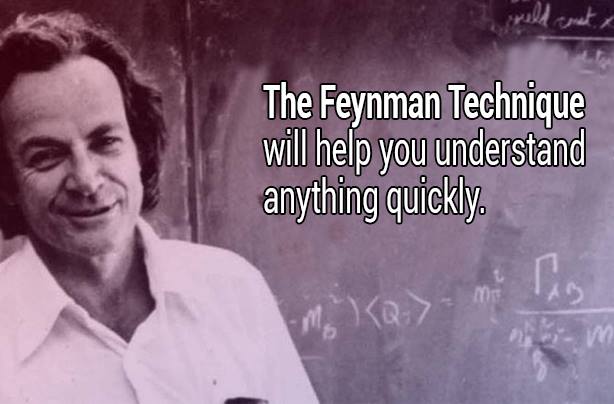Learn Anything In 4 Steps With The Feynman Technique
With the Feynman Technique, you teach someone else a topic in simple terms so you can quickly find the loophole in your methods of knowledge and studying. After 4 steps, you’ll be able to soak up the information better and learn the concepts more quickly than before.
This technique is a mental model that was coined by a Nobel Prize winning physicist Richard Feynman. Known as the “Great Explainer,” Richard Feynman was revered for his ability to clearly illustrate dense topics like quantum physics that anybody can understand. In “Feynman’s Lost Lecture: The Motion of Planets Around the Sun“, David Goodstein writes that Richard Feynman was proud of himself for being able to explain the most complex ideas in the simplest terms, and that people understand them.

David Goodstein once asked Richard Feynman to explain why “spin one-half particles obey Fermi-Dirac.” Feynman replied that he’ll make a freshman lecture on it, but he came back empty handed a couple of days later, answering “I couldn’t reduce it to freshman level. That means we don’t really understand it.”
The Feynman technique is laid out in James Gleick’s 1993 biography, “Genius: The Life and Science of Richard Feynman.” In the book, James Gleick explains how Richard Feynman mastered his exams at Princeton University:
“He opened a fresh notebook. On the title page he wrote: NOTEBOOK OF THINGS I DON’T KNOW ABOUT. For the first but not last time he reorganized his knowledge. He worked for weeks at disassembling each branch of physics, oiling the parts, and putting them back together, looking all the while for the raw edges and inconsistencies. He tried to find the essential kernels of each subject.”
Let’s take a look of all the 4 steps:
1. Pick a topic you want to understand and start studying it
Start off by writing down everything you know about the chosen topic, and add to that page the new stuff you learned about that topic.
2. Pretend to teach your topic to a classroom
By doing this, imagine like you’re a teacher and you present your knowledge in the classroom. This way you’ll find methods to “pass on the knowledge to the students” in a simple form in order to understand them.
3. Go back to the books when you get stuck
When you can’t go any further, go back to the books and restart the studying. Revisiting problem areas will make you approach to them differently.
4. Simplify and use analogies
Repeat the process while simplifying your language and connect facts with analogies in order to understand it better. Once you understand it better, you’ll understand the full concept, making the gaps in your study smaller and by practice you’ll be better at studying every day.

This technique is perfect when you need to learn new stuff full with information that you need to process, with theories and ideas, and the fact that once you understand the concept of it, the brain remembers it and that way you’ll learn everything better. How would you use this technique?
Source: Curiosity
